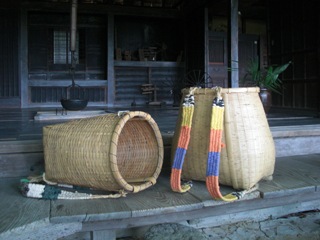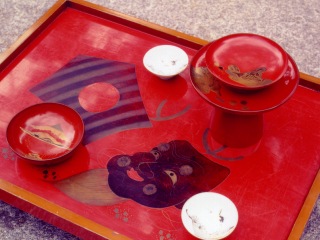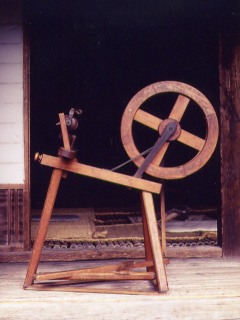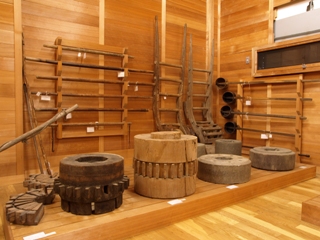In a global economy awash in mass-produced goods, handicraft industries are apt to be treated as relics of the past with little relevance to our lives. Tokyo Foundation President Hideki Kato challenges this view as he introduces a new series that examines a vanishing way of life and explores the implications of its disappearance for society, culture, and the environment.
* * *
At a time when baskets mass-produced in China can be had for a few hundred yen, who would pay a hundred times that for a similar basket—an everyday item, after all—laboriously hand-woven in conformance with traditional Japanese techniques? That consumer selection would weed out such items and doom them to extinction on the marketplace seems inevitable. "It's too bad," we say, "but that's life."
But before we dismiss handwork as a quaint relic of the past, we need to understand just what it is we are dismissing. The creation of a single hand-made object entails a multitude of processes, beginning with the gathering of materials. Hand-woven textiles, for example, require not just weavers but also people to spin the thread, dye it, and so forth. Those occupations shape the lifestyles of the people engaged in them, and those lifestyles differ from one another as a result. In the past, the need for all these different people to collaborate, interact, and deal with one another led to the development of complex social customs, rules, and mores. In time this interaction evolved into a network of social relationships—a community, in other words—in which people came together for festivals, celebrations, and solemnities. In this way whole cultures evolved.
Urbanization, economic globalization, and the triumph of money as the be-all and end-all of our economy and society have driven the hand-made object from our midst and in the process destroyed the foundation of communities and cultures that evolved over the centuries. Needless to say, this phenomenon is not limited to Japan. Leaving aside certain luxury goods produced for the wealthy—Kashmiri rugs, English furniture, Italian leather—cheap, mass-produced goods have taken the place of hand-made objects in the daily lives of consumers around the world, and as a result, the communities that grew up around handicraft economies are now either extinct or endangered.
We need look no further than Tokyo to get a sense of where this trend leads. With money, one can do or get almost anything in Tokyo. But without money, one can do almost nothing, because the ties that once bound people to one another have all but dissolved. The harsh truth of this was driven home late in 2008, when thousands of temporary workers who had lost their jobs and homes in the wake of the October financial crisis converged on Hibiya Park seeking food and shelter to tide them over to the new year.
When a mass-produced basket replaces a hand-woven basket, little or nothing is sacrificed in terms of the basket's function. But something else is lost. In this series, using a mundane basket as our starting point, we will explore a fast-disappearing way of life in an effort to better understand what it is we are losing and whether it is something we can really afford to lose.




